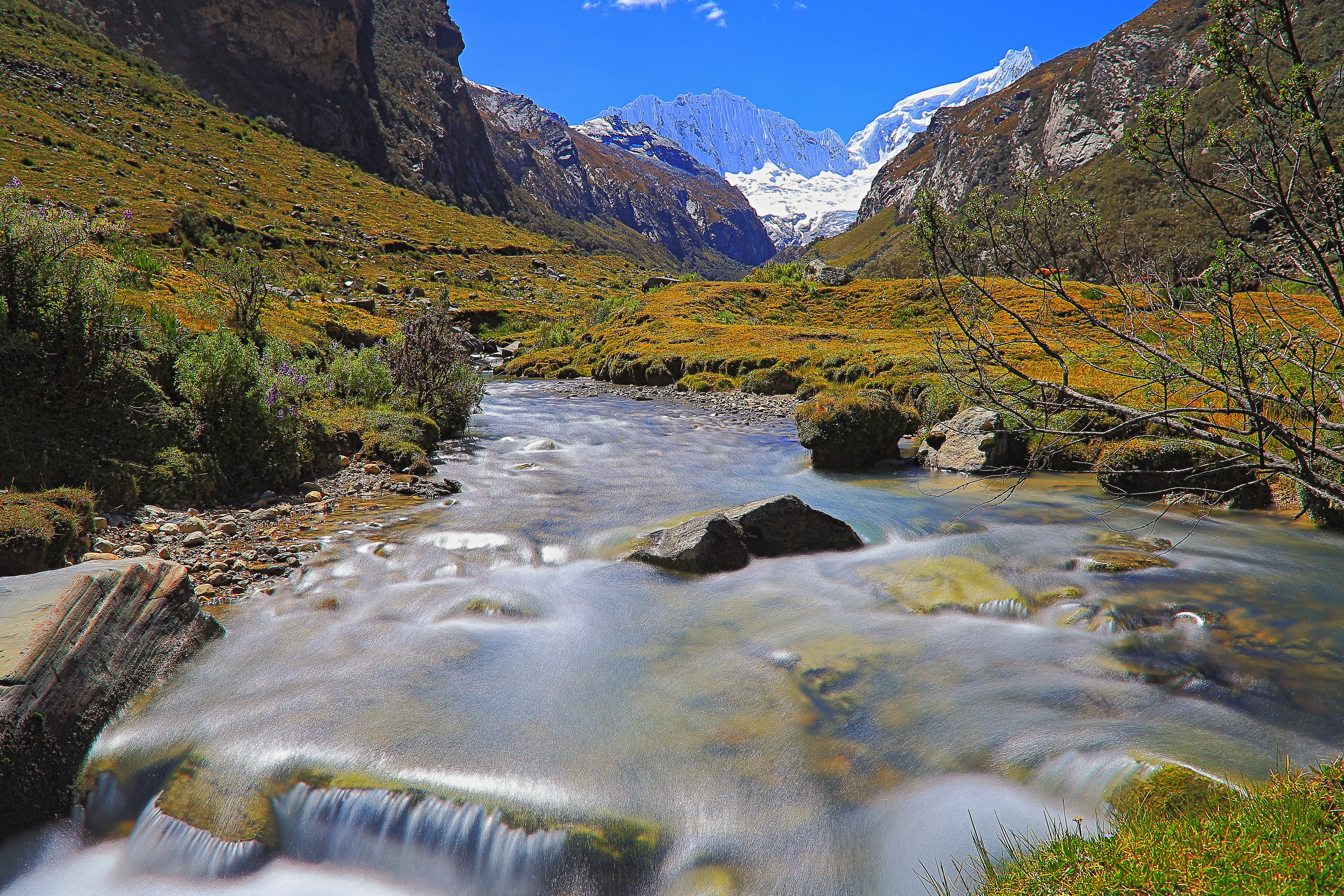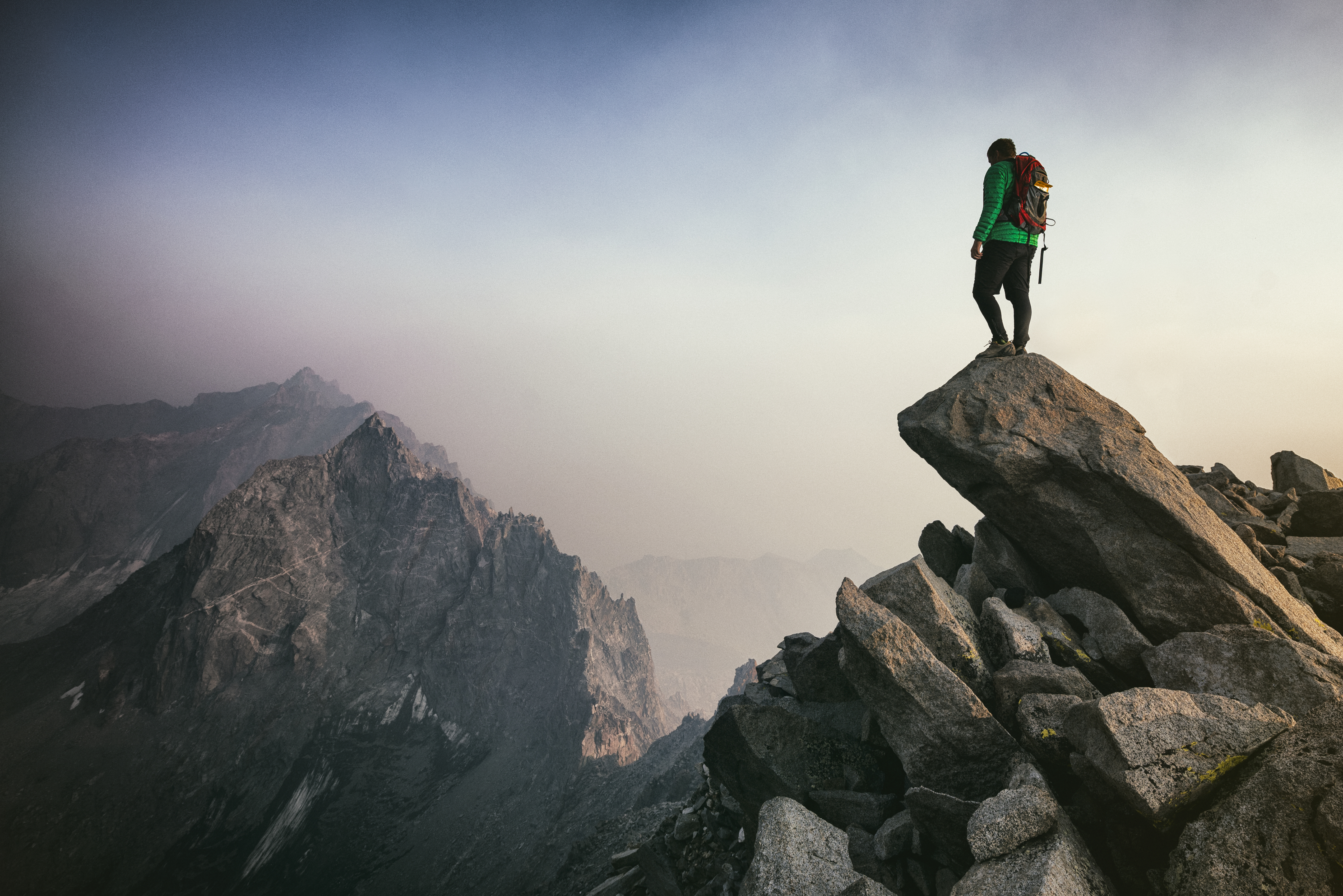“The key skills we need to survive are being lost – and that could mean the difference between life and death if you find yourself in a challenging scenario”
Scott Heffield is lead instructor at Bear Grylls Survival Academy. A former Royal Marines Commando, Scott joined the Academy when it first launched in 2012 to assist with the design of its courses with Bear. He now takes the lead on all course structures, handles training the team of instructors and is the product development manager for new BGSA projects.
Here, he discusses the key survival skills he believes everyone should know – and explains how he keeps himself at optimal fitness.
Finding (safe) water
Any old water won’t do if you’re looking to hone your survival skills. It has to be clean. Dirty water is one of the biggest killers in the world and if you drink it, you’ll probably end up with diarrhoea or vomiting, making you lose more water than you take in. The safest water is fast moving over rocks – think brooks and streams.
You’ll need to filter and then clean your water. For a quick filter, try removing one of your socks and placing it over the neck of one of your water bottles before collecting the water in it. Once filtered, you really need to boil it if you can.
If you’re not near water, try looking for damp moss or even wrap a towel or rag around the bottom of your trousers and walk up and down in a field of long grass collecting the dew.
How to navigate
If you’re lost, stop, don’t panic and retrace your steps. You can use all sorts of aids to assist you – the sun, the stars, your watch, a stick, even trees.
Trees will generally be bushier on their southern side in the northern hemisphere, as that’s where they get most sun. The reverse is true in the southern hemisphere. The sun’s movement across the sky will tell you a basic north, south, west, east direction.
How to find food
Plants are the most abundant food source, but picking the wrong one to eat could prove fatal. First of all – use your common sense. Does it smell bad, look weird, or have bright colours or patterns? These are nature’s warning signs: leave it alone.
Fish are one of the best survival foods, but they can be hard work to catch, especially without a rod or net. If you don’t have a net or hooks, your best bet is a fixed trap – build a structure using rocks and twigs that a fish can swim into, or if you have a plastic screw top water bottle, cut the top off, invert it back into the bottle and hey presto – a fish trap. Then, play the waiting game.
On the road to rescue
In any survival skills scenario, the most important thing is rescue. Keep focused on how you’re going to get out of there! A fire is the best way of attracting attention – and it’s vital for your survival, too.
To make a fire, you need fuel, heat and oxygen. There are so many other clever ways of starting a fire: a nine vault battery and wire wool, a magnifying glass, or a flint and steel.
How do you keep fit for survival?
I tend to use my own body weight a lot, with press ups and pull ups, but I also try and find anything to help train other areas of my body without the need for treadmills and dumbbells; I use jerry cans full of water, logs, rocks – that sort of thing.
I also keep my activity levels high by climbing, skiing, paragliding and mountaineering. When I’m on location, I keep plenty fit carrying ropes, scouting routes and rigging safety ropes.
Tell us about your diet
On a long mountain day, I always make up a bag of instant energy that I can easily tuck into. I break up biscuits, dried fruit, chocolate and nuts, and pop them in a freezer bag in my jacket pocket. This quick burst of energy could be lifesaving.
Want to put your survival skills to the test? Check out Bear Grylls Survival Academy’s range of action-packed courses.








































